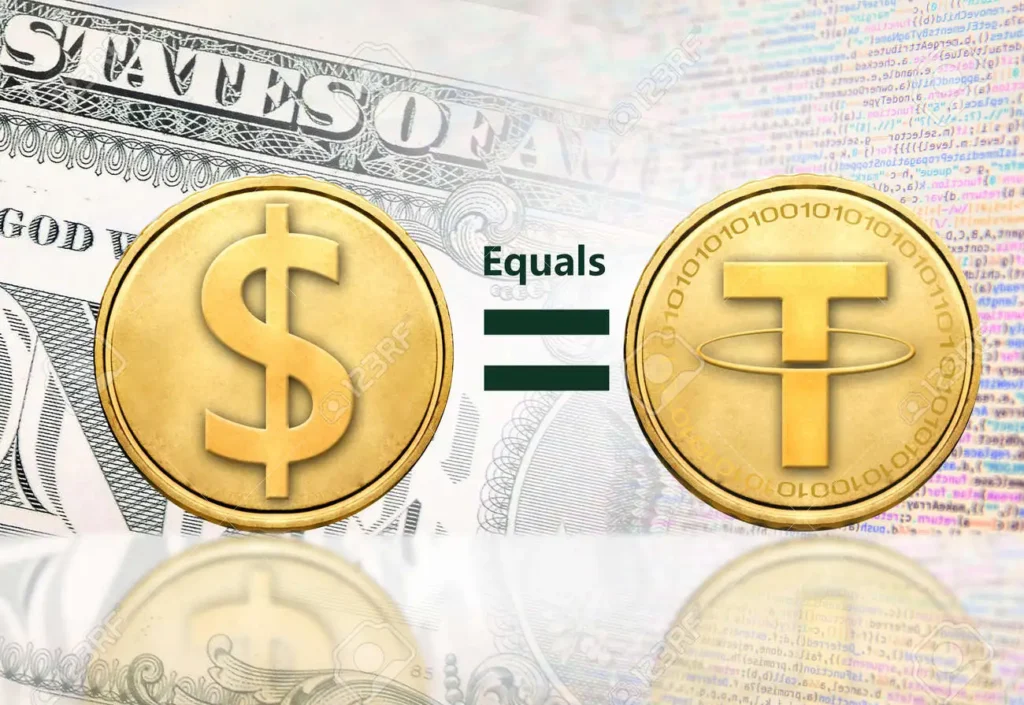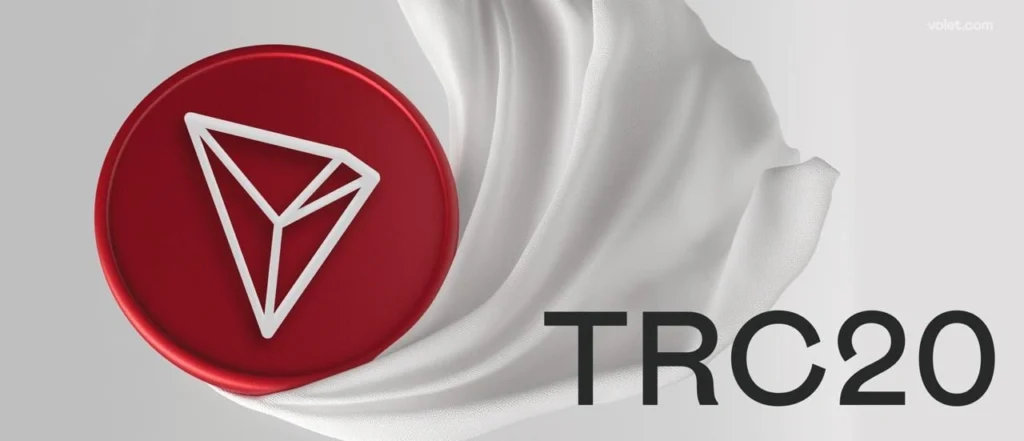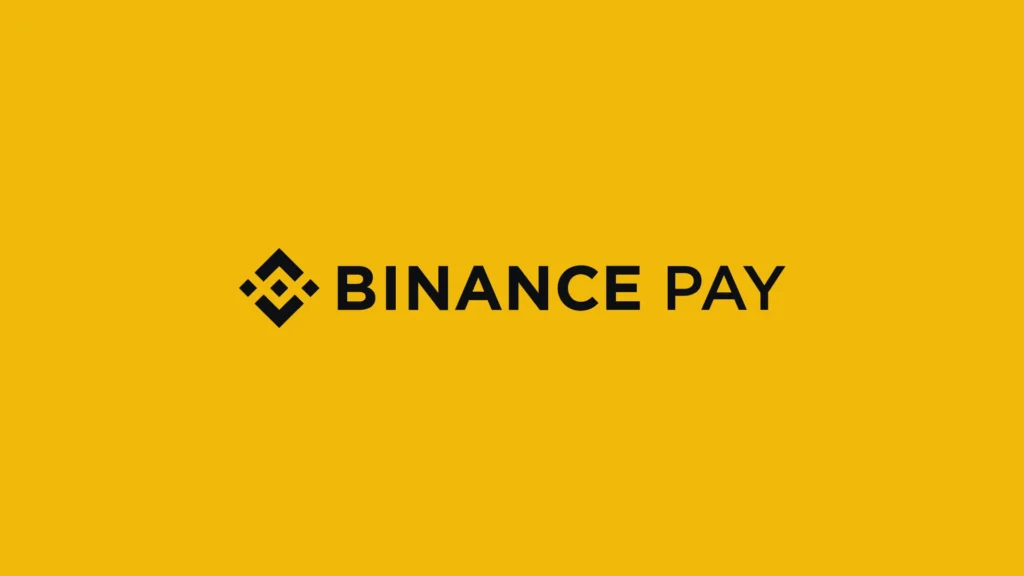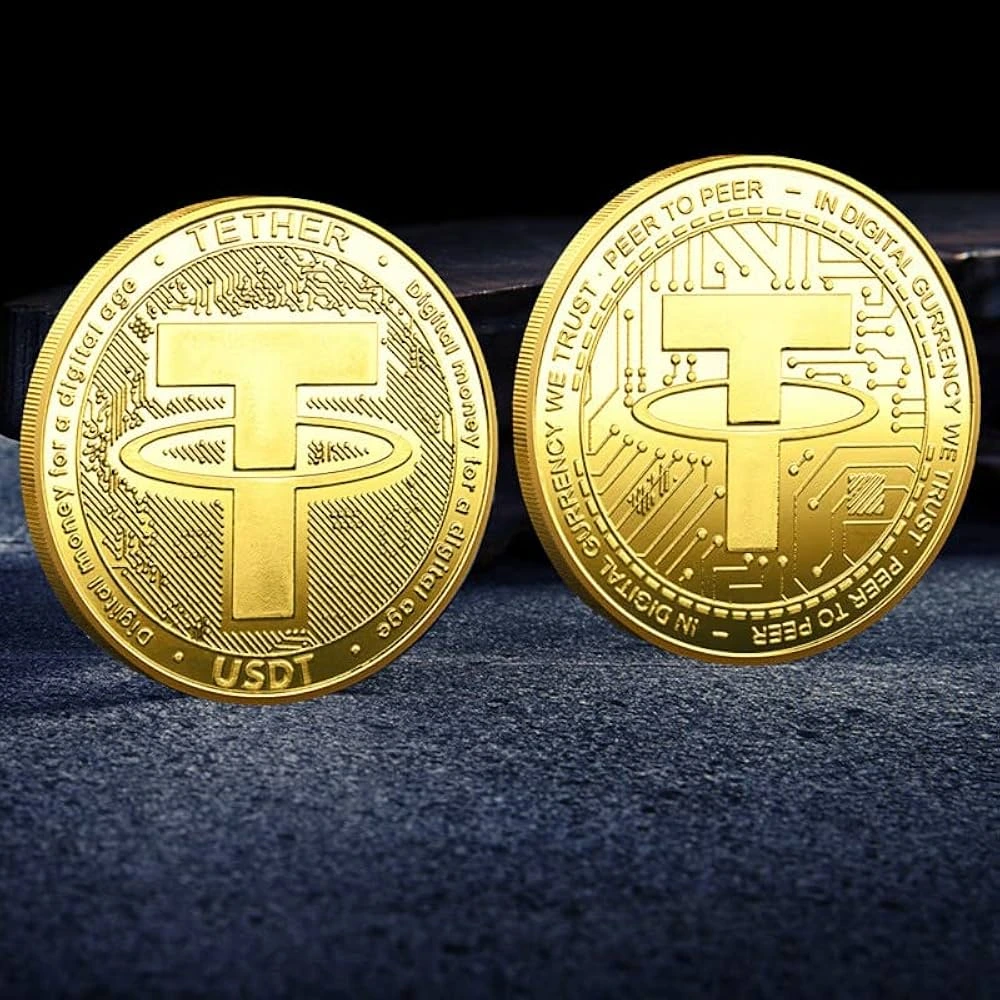USDT vs Cash: 7 Big Myths That Might Be Costing You Money
July 15, 2025

Breaking Down the Buzz: What’s Really Behind the USDT vs Cash Debate?
In the great debate of USDT vs cash, there’s a lot of noise — and even more misinformation. Some people claim cash is outdated. Others swear stablecoins like USDT are risky or even useless. So, who’s right?
Well, neither. And both.
Let’s break down the most common myths about USDT and cash — and see what really holds water.
USDT vs Cash- Myth #1: USDT Is Just Like the U.S. Dollar

Busted: Not quite.
Yes, USDT (Tether) is pegged to the U.S. dollar, meaning it should equal $1 at all times. But it isn’t printed by the U.S. Treasury — it’s issued by a private company. And while Tether claims to fully back every USDT with dollar-equivalent reserves, transparency hasn’t always been crystal clear.
The dollar, backed by the U.S. government, is still the standard for trust. USDT mimics it digitally — but isn’t a perfect clone.
Myth #2: Cash Is Free to Use — Always

Busted: Think again.
We’re used to thinking cash is “free.” But that’s only on the surface. ATM fees, bank withdrawal charges, foreign exchange rates — they all nibble at your wallet. And for cross-border transfers? The costs skyrocket.
USDT transactions, especially across countries, often cost less and complete faster. Just beware of network fees — Ethereum can be pricey, while chains like Tron are cheaper.
Myth #3: USDT Is Too Complicated for Regular People

Busted: It used to be. Now, not so much.
A few years ago, crypto wallets felt like rocket science. But today? Apps like Trust Wallet, Binance, and OKX have made using USDT almost as simple as sending a text.
That said, it’s still digital-first. If you’re not comfortable with smartphones or don’t have consistent internet, USDT could still feel like a leap.
Myth #4: USDT Isn’t Accepted Anywhere

Busted: It’s more accepted than you think.
While you can’t pay for groceries at your local supermarket (yet), online merchants, freelancers, and even vendors in places like Turkey and Nigeria are accepting USDT for real goods and services.
And in regions battling inflation, digital dollars are often more stable than their own local currency.
Myth #5: Cash Is More Private Than Crypto

Partly True — But Not Always.
Cash is anonymous — no doubt. You pay, it’s done, no paper trail.
But USDT, while trackable on a blockchain, doesn’t reveal personal details unless your identity is linked to your wallet. It’s semi-private — and arguably safer from theft or physical loss.
Still, for total off-the-grid privacy? Cash wins.
Myth #6: USDT Is Only for Crypto Nerds and Speculators

Busted: It’s gone mainstream.
Sure, crypto started with tech geeks. But today, USDT is used by:
- Migrant workers sending money home
- Citizens in unstable economies protecting value
- Businesses needing fast, cheap payments
This isn’t just a crypto experiment anymore — it’s real-world finance.
Myth #7: Cash Is Dying, and Fast

Overhyped.
Yes, digital payments are growing — fast. But cash isn’t disappearing overnight.
It’s still essential in low-tech regions, in-person tipping, local markets, and emergency situations. Plus, for many, it’s a backup when tech fails or trust in banks fades.
USDT may be the future, but cash isn’t gone — it’s just evolving.
USDT vs Cash: What You Really Need to Know

So, after all that myth-busting, what’s the takeaway?
Here’s a quick side-by-side:
| Feature | USDT | Cash |
|---|---|---|
| Backed by | Private issuer | Government |
| Transaction speed | Instant (digital) | Immediate (physical) |
| Privacy | Semi-private | Fully anonymous |
| Global access | Growing fast | Universal (offline) |
| Transfer costs | Low (varies) | High (esp. cross-border) |
| Risk | Tech & trust-based | Theft/loss/inflation |
Final Word: Don’t Believe the Hype — Use What Works

Look, USDT vs cash isn’t about declaring a winner. It’s about seeing through the noise, understanding the trade-offs, and making choices that fit your real life.
Cash still plays a crucial role — and probably will for years to come. But USDT isn’t some gimmick. It’s changing how people store, move, and think about money.
The smart approach? Stay informed. Be flexible. And don’t fall for the myths.
Relevent news: Here

